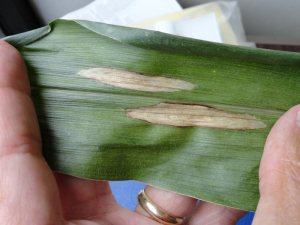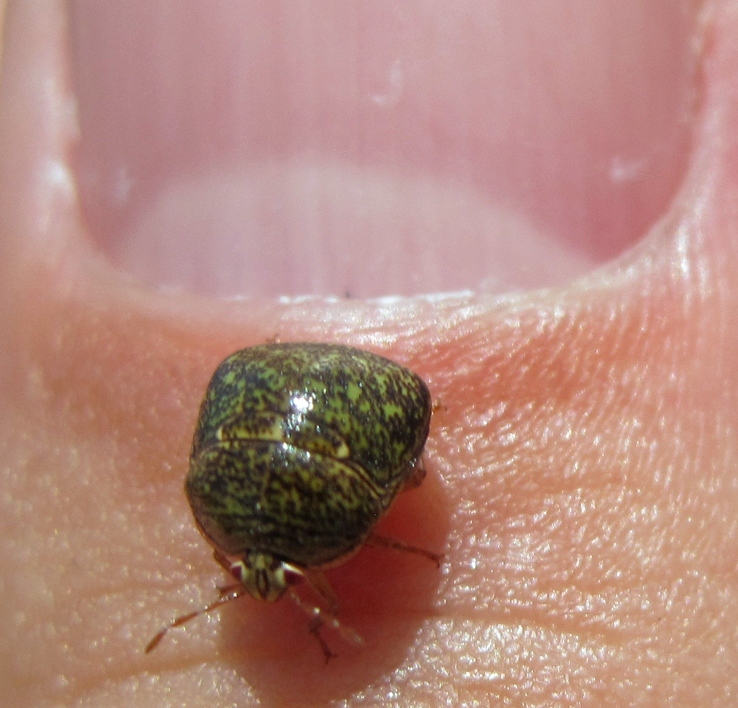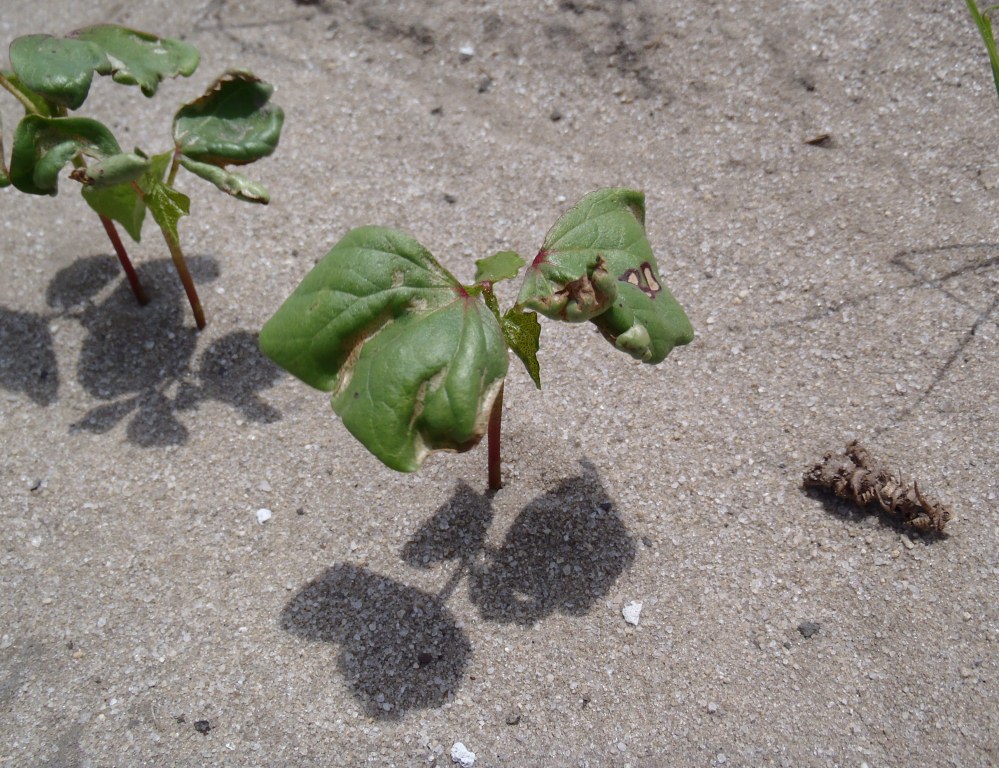by Mindy Hittle | May 17, 2013
Livestock owners need to be on the lookout for Pigeon Fever to appear again in livestock this year. Over 60 Florida horses, mainly in Walton and Okaloosa Counties, were infected with this disease in 2012. Pigeon Fever is an infection caused by the bacteria,...

by Josh Thompson | May 10, 2013
Rome Ethredge, extension agent in Seminole County Georgia, this week reported incidence of Northern Corn Leaf Blight (NCLB), as did Jake Price in Lowndes County Georgia. This is a fungal disease that can reduce corn yields and is most likley to be found in...
by Doug Mayo | May 10, 2013
Authors: Jay Ferrell (Associate Professor, Weed Science, University of Florida) and Mace Bauer (Columbia County Agriculture Extension Agent) Many crop producers discovered compatibility issues last season when paraquat (Gramoxone SL and others) was added to the...

by Les Harrison | May 10, 2013
The Kudzu Bug also known as the bean plataspid (Megacopta cribraria, Fabricius), was discovered in the Sopchoppy area of western Wakulla County last week populating a citrus tree. Kudzu bugs are native to East Asia and were first detected in northeastern Georgia in...

by Josh Thompson | May 3, 2013
Cotton planting time has come and the presence of thrips (Frankliniella sp.) is a reality that growers in the panhandle must deal with every year. With that in mind, it is important that...
by Judy Biss | Apr 26, 2013
During an April site inspection of perennial peanut fields with agents and a farmer, we noticed a weed that was not readily identifiable by any of us. Then, as so often happens, a few days later another farmer brought the same weed into the Extension office saying it...



